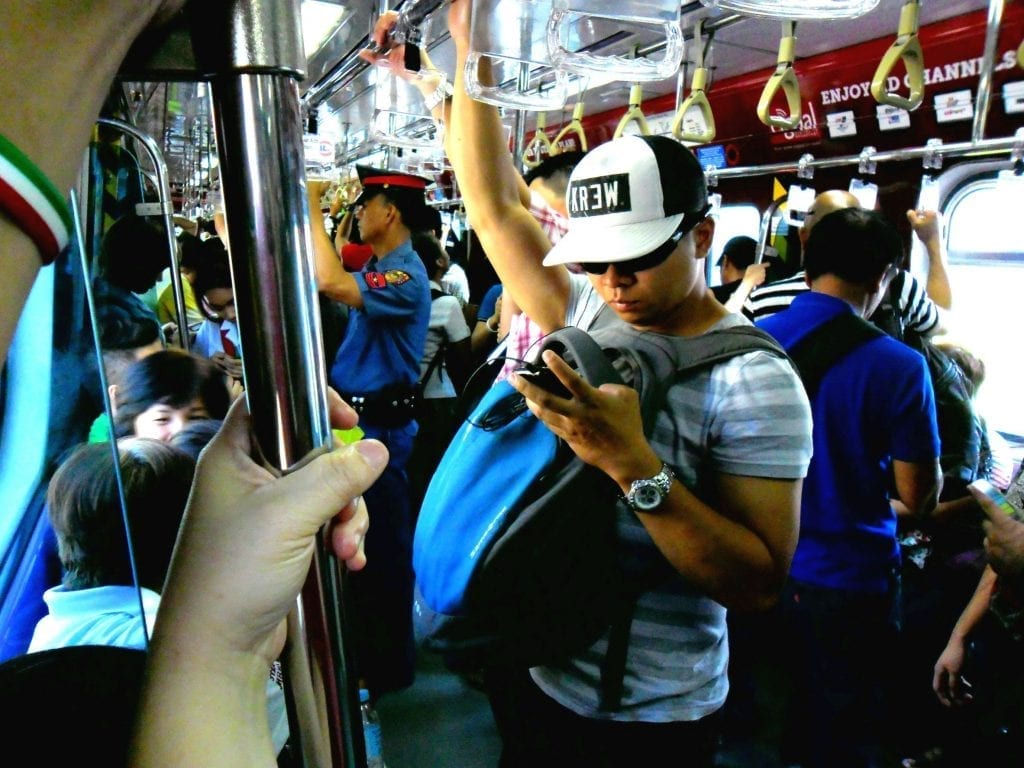
We live in an increasingly digital world. Today, computers, mobile devices, and the internet play key roles in our work, education, socialization, entertainment, and other daily activities. The rise of digital technology has only been accelerated further in recent years by the COVID-19 pandemic, when health and safety restrictions temporarily closed schools and businesses. At the height of the pandemic, many people had no choice but to work, study, and even shop for their everyday essentials via the internet.
Even post-COVID-19, the world seems inevitably headed in the direction of a technology-dependent status quo. Unfortunately for the Philippines, internet services in the country have historically left much to be desired. Our overall download and upload speeds are notoriously slow, lagging significantly behind those of other Southeast Asian countries. Accessibility and affordability also remain pressing problems, as stable internet remains financially out of reach for the poorest of the poor. People living in rural or far-flung areas subsist with little to no internet connectivity and must often travel great distances to the closest cities for a better-quality connection.
How exactly does the Philippines compare to neighboring countries in terms of internet speed and accessibility? What challenges do the public and private sector face in the attempt to improve digital infrastructure? And most importantly, what can be done to boost internet connectivity throughout the country, for all Filipinos? Read on for an in-depth exploration of these pressing questions.
Evaluating Digital Quality of Life in the Philippines
Just how fast (or slow) is the internet in the Philippines, really? Internet speed monitoring organization Speedtest by Ookla reported in August 2022 that the Philippines had risen a few spots in their global ranking of internet speeds. Ookla monitors fixed broadband internet connectivity in 182 countries worldwide and mobile internet connectivity in 140 countries.
The Philippines’ fixed broadband median, for example, was ranked 45th in the world in July 2022, with an overall download speed of 78.33 megabits per second (Mbps). The country’s mobile internet median speed, meanwhile, sat at 84th place. Mobile median download speed in the Philippines was recorded at 22.56 Mbps.
While current services have certainly made significant progress from years ago, both industry authorities and users on the ground insist it’s still not enough. In September 2022, a Netherlands-based subsidiary of Nord Security known as Surfshark released a global study ranking countries according to overall “digital well-being.” This ranking was based on five variables Surfshark termed fundamental digital life pillars—internet quality, internet affordability, e-security, e-government, and e-infrastructure.
The Philippines sits at 55th out of 117 countries on Surfshark’s Digital Quality of Life (DQL) Index for 2022, a sharp tumble from its rank of 48th in 2021. Internet services in the country are described as providing only mediocre-quality connectivity, while simultaneously being among the least affordable in the world. This assessment is, for the most part, in line with what ordinary Filipino internet users have to contend with on the regular.
Improving Internet Speed and Accessibility in the Philippines
Many factors contribute to the current inadequacy of internet services in the Philippines, such as limited energy sources and the country’s susceptibility to natural hazards. Local telcos also assert that the Philippines’ rigorous regulatory landscape also hinders them from making necessary improvements. Putting up a single cell tower has been known to take as many as eight months, and much of that time is typically spent securing anywhere between 29 to 35 government permits. These include a barangay permit, mayor’s permit, occupancy permit, neighbor’s consent, radiation evaluation, and others.
As things currently stand, there are only around 18,000 telecom towers installed around the Philippines. Experts assert the country needs around 50,000 more to achieve optimal internet coverage. Fortunately, the public and the private sector have started investing in more modern, more widespread digital infrastructure to help Filipinos thrive in the new normal. The government has already begun passing laws to scale back on the number of permits required to build cell sites. They’ve also approved legislation that allows the construction of cell towers in subdivisions and other residential areas and are considering a stronger common tower policy in the coming years.
Telcos, for their part, have committed to accelerating the rollout of cell towers around the country and are leveraging partnerships with infrastructure companies and tech startups to make this possible. Working in tandem with both public and private partners, Globe Telecom has upgraded almost 7,000 mobile cell sites to 4G LTE and installed 572 new cell towers in the first half of 2022 alone. PLDT’s wireless division Smart Communications Inc. has likewise increased its total number of LTE and 5G base stations across the country to 76,600 in an attempt to bring mobile internet to more people around the country. Unity Digital Infrastructure, a unit of the Aboitiz Group formed in tandem with the Switzerland-based Partners Group, has also pledged an investment of PHP 6 billion to build 1,000 cell sites in the Visayas and Mindanao areas this 2022.
Although internet quality and accessibility remain pressing problems nationwide, digital infrastructure in the Philippines is steadily improving thanks to productive public-private partnerships. By making intelligent investments, private companies and the Philippine government can steadily work toward better digital quality of life for the whole country.

